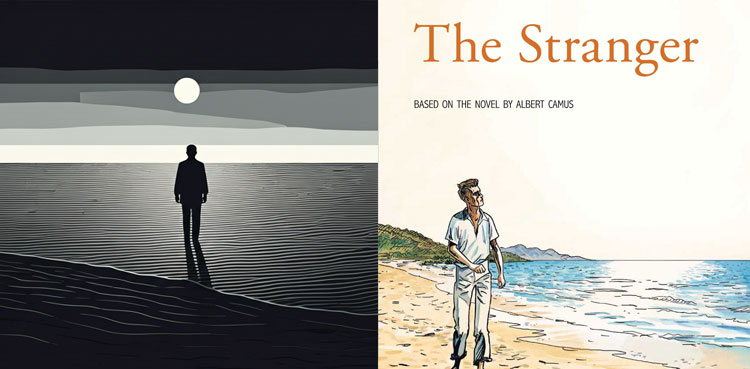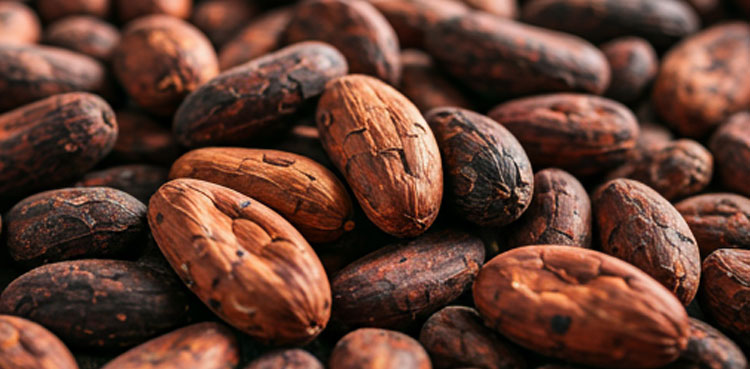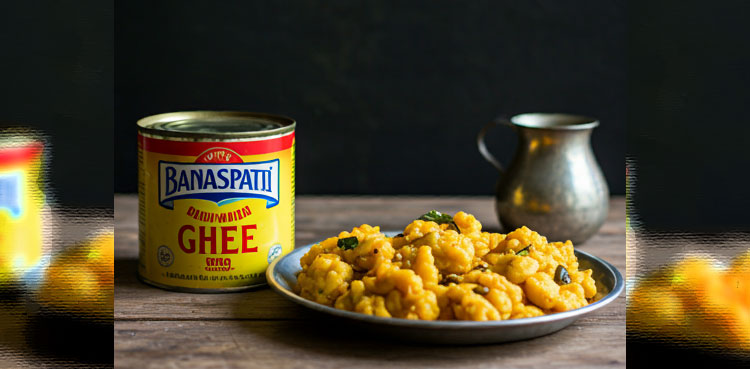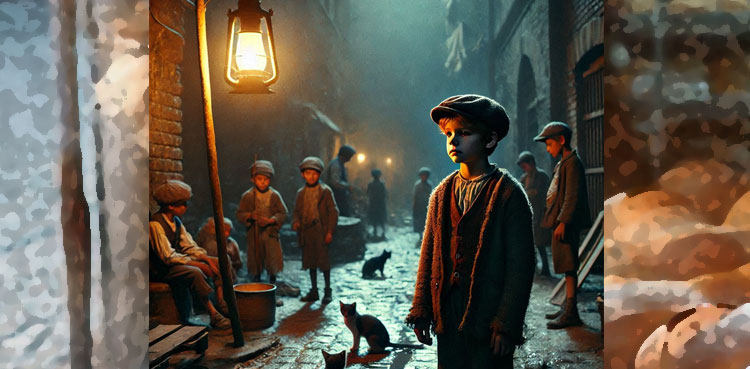Welcome to 2025! As the clock strikes midnight and the world awakens to a brand-new year, many of us can’t help but wonder what the future holds. Will this be the year you find love, land your dream job, or achieve long-awaited success? The stars have some secrets to share.
In this exclusive New Year’s horoscope guide, we’ll delve into the astrological forecasts for each zodiac sign, revealing the opportunities, challenges, and surprises that await you in 2025. From romantic entanglements to career breakthroughs, get ready to uncover the cosmic blueprint for your most epic year yet!.
Aries (March 21 – April 19)
The stars align for a year of passionate pursuits! Your fiery spirit will ignite new projects and relationships. Embrace spontaneity and be open to unexpected adventures. Just remember to temper your impulsiveness with a touch of patience.
Taurus (April 20 – May 20)
2025 is your year to cultivate stability and abundance. Focus on nurturing your roots and building a strong foundation. Indulge in your senses and enjoy the finer things in life, but don’t forget to practice moderation.
Gemini (May 21 – June 20)
Prepare for a whirlwind year of exciting twists and turns! Your intellectual curiosity will be piqued, leading to new discoveries and stimulating conversations. Embrace your versatility and don’t be afraid to experiment.
Cancer (June 21 – July 22)
2025 encourages you to prioritize your emotional well-being. Nurture your inner circle and create a warm and loving sanctuary at home. Embrace your intuition and trust your gut feelings.
Leo (July 23 – August 22)
Shine bright, Leo! This year is all about expressing your unique talents and captivating the world with your charisma. Step into the spotlight and embrace your leadership qualities.
Virgo (August 23 – September 22)
2025 is a year for meticulous planning and focused action. Your analytical mind will be a valuable asset as you tackle challenges with precision. Don’t forget to take breaks and prioritize self-care amidst your busy schedule.
Libra (September 23 – October 23)
Harmony and balance are key themes for you this year. Cultivate peaceful relationships and strive for fairness and justice in all your interactions. Embrace diplomacy and find common ground with others.
Scorpio (October 24 – November 22)
Prepare for a year of intense transformation. Delve deep within yourself and uncover hidden truths. Embrace your power and use it wisely to overcome obstacles and achieve your goals.
Sagittarius (November 23 – December 21)
Adventure awaits! 2025 is a year for exploration and expanding your horizons. Embrace new cultures, travel to new destinations, and pursue your passions with unwavering enthusiasm.
Capricorn (December 22 – January 19)
Focus on building a solid foundation for the future. Your ambition will be strong, and you’ll be driven to achieve your long-term goals. Don’t forget to acknowledge your accomplishments and celebrate your successes.
Aquarius (January 20 – February 18)
Embrace your individuality and challenge the status quo. 2025 is a year for innovation and groundbreaking ideas. Connect with like-minded individuals and work together to create a better future.
Pisces (February 19 – March 20)
Embrace your compassionate nature and connect with others on a deeper level. 2025 encourages you to follow your intuition and pursue your dreams with unwavering faith.
Disclaimer: Horoscopes are for entertainment purposes only










